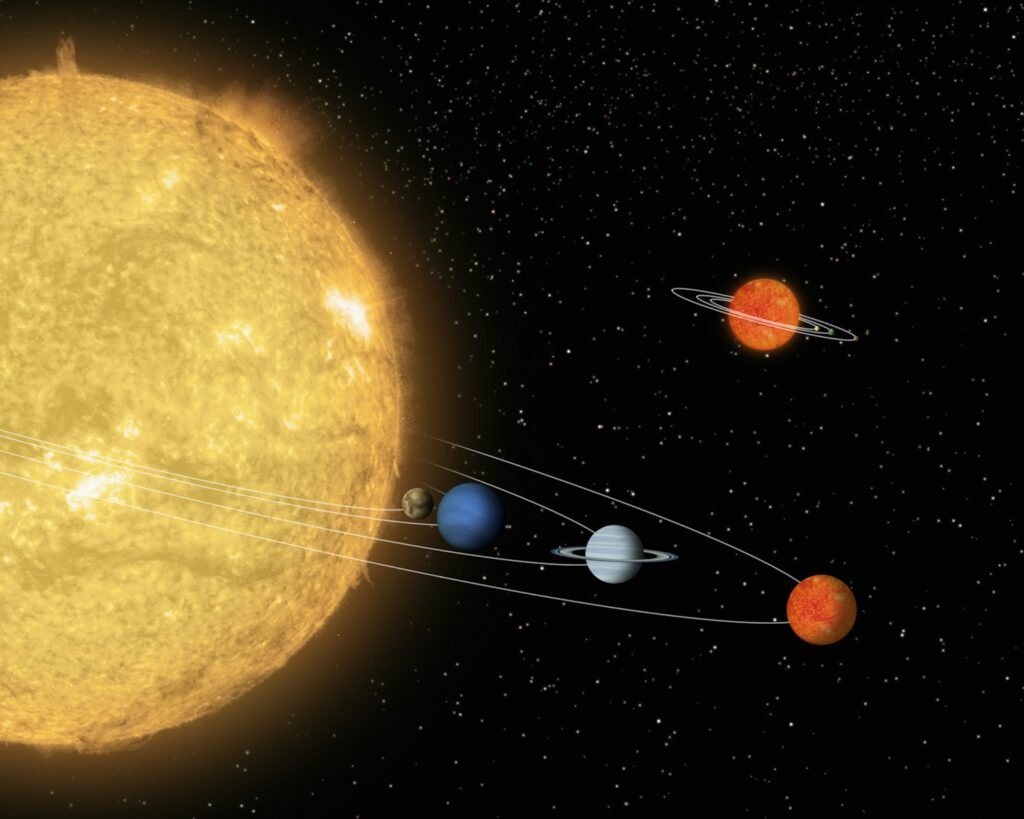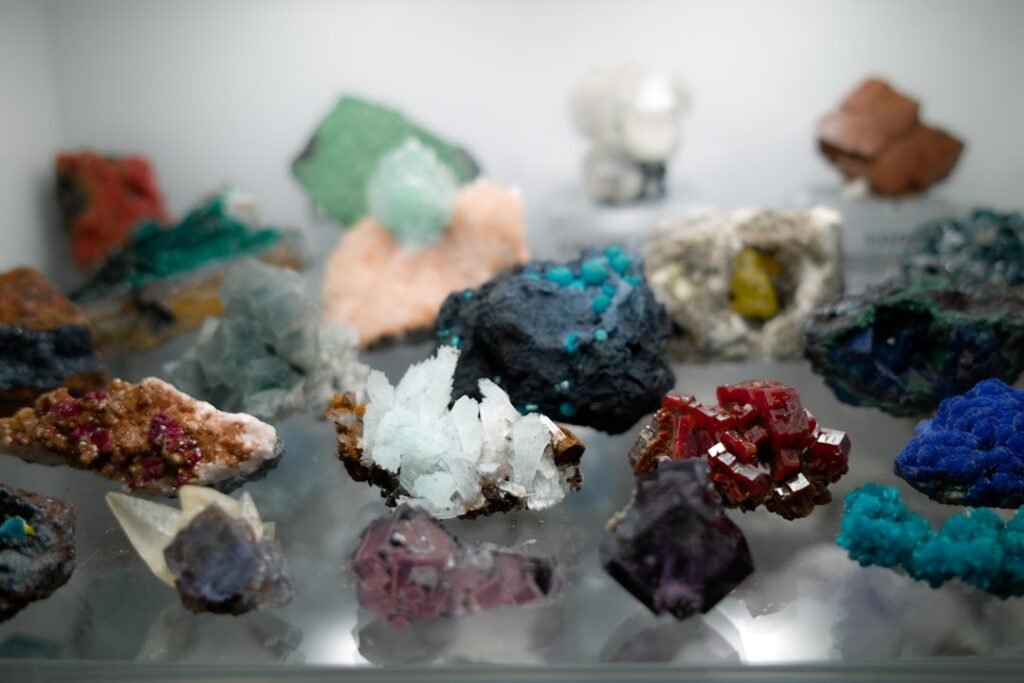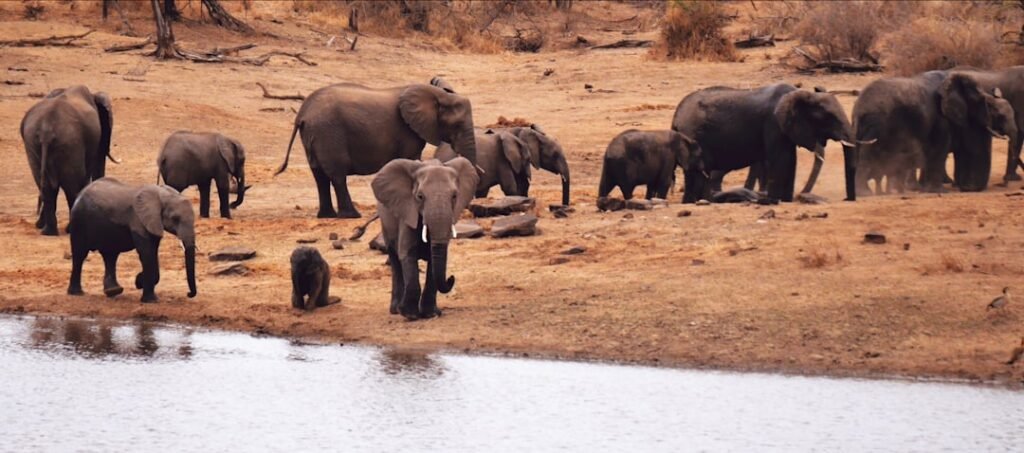Astrology has always promised a mirror, while planetary science delivers a window. When we put them together, an intriguing question emerges: which real-world planet best reflects the personality you recognize in your zodiac sign? New images, seismic readings, and atmospheric profiles from ongoing missions now let us draw sharper, more grounded parallels than ever before. The result isn’t fate by starlight; it’s character by chemistry, gravity, and weather. Think of it as a cosmic personality map – one that swaps mysticism for measurable clues without losing the wonder.
The Hidden Clues

What if the planet that “rules” your sign is less destiny and more a mirror held up by physics? Mars doesn’t shout determination; its dried riverbeds and dust storms whisper persistence shaped by a thin atmosphere and lost magnetism. Jupiter doesn’t boast optimism; its heat-from-within and upwelling cloud belts sketch a story of abundance made by energy and scale. Venus doesn’t scheme romance; its stubborn super-rotation and cloud-shrouded surface evoke magnetism and complexity forged by runaway climate.
I still remember peering at Jupiter through a backyard telescope and feeling its bigness long before I knew about metallic hydrogen. That gut reaction – gravity as mood, color as cadence – makes a neat bridge to zodiac archetypes. Use the feeling as a hook, then let the science focus the lens. The mirror works best when awe meets evidence.
From Ancient Tools to Modern Science

Ancient sky-watchers tracked wandering lights with naked eyes and drew meaning from their motions across constellations. Today, radar maps, spectrometers, and seismometers give those same lights geology, weather, and timelines. Mercury’s speed becomes orbital period and exosphere chemistry; Saturn’s discipline becomes ring dynamics and seasonal shadows; Neptune’s dreaminess turns into methane-blue winds that race faster than any on Earth.
Even the language has matured without losing poetry. Where tradition linked Leo to the Sun and Aquarius to Uranus, modern missions test the metaphors against data. We can honor the story while updating the script, replacing mystery with mechanism. Meaning doesn’t vanish when you switch from myth to measurement; it sharpens.
The Planetary Personalities

Pairing signs with planets works best as a set of resonances, not verdicts. Aries leans Mars for tenacity carved by cold and speed; Taurus finds Venus’s dense clouds and slow-turning day a symbol of patience under pressure. Gemini tracks Mercury’s quick orbit and extreme day–night contrast as an emblem of agile minds moving between worlds. Cancer’s protectiveness echoes Earth’s magnetosphere and oceans more than any distant planet, a reminder that home can be the boldest archetype.
For the rest, patterns still sing: Leo draws heat from the Sun’s relentless fusion, even if it isn’t a planet; Virgo’s precision maps to Mercury’s hardened crust and crisp craters; Libra’s balance reflects Venus’s day–night tug-of-war and cloud-top winds; Scorpio resonates with Pluto’s shadowed nitrogen glaciers and slow transformations. Sagittarius stretches with Jupiter’s bigness and latent warmth; Capricorn stands with Saturn’s architecture of rings and moons; Aquarius experiments with Uranus’s tilted seasons; Pisces dissolves into Neptune’s sapphire storms. These aren’t prescriptions, just physics-flavored portraits that feel surprisingly human.
The Data Behind the Magic

Recent missions have filled in the personality map with concrete details. Mars’s past rivers and present seismic rumbles speak to endurance shaped by loss, not bravado made from myth. Jupiter’s interior heat, lightning, and deep jets reveal energy that never quite rests, a fitting counterpart for boundary-pushing spirits. Venus’s cloud chemistry and super-rotating winds show a world that hides its heart yet never stops moving.
Consider a few data points that keep the metaphors honest: – Mercury circles the Sun in about 88 days (roughly 2.9 months), and its surface swings between searing days and freezing nights. – Saturn’s rings are dynamic, with spokes and seasonal changes that reshape the idea of order into living structure. – Neptune’s winds can outpace the fastest jets on Earth, turning dreaminess into raw kinetic power. When we say a sign “feels” like a planet, we’re translating observations into character notes, not the other way around.
Global Perspectives

The zodiac traveled across cultures, but planets have always been everyone’s sky. In India, Mars as Mangala carries courage that sits comfortably beside rover tracks in Jezero Crater. In the Mediterranean lineage, Venus as a symbol of attraction pairs intriguingly with modern maps of a world both radiant and razor-tough. Indigenous sky traditions often emphasize relationship and navigation, themes that planetary missions now echo with gravity assists and orbital choreography.
What shifts in this global view is ownership. No culture owns Mars’s dust devils or Saturn’s hexagon, yet every culture can interpret them. Shared images from space agencies and open archives have turned planetary features into a common vocabulary. The archetypes don’t vanish; they become multilingual.
Why It Matters

Linking zodiac archetypes to planetary science isn’t about proof; it’s about literacy. Many readers meet the night sky first through personality, not physics, and that’s an opportunity. If a Mars–Aries pairing invites someone to learn about atmospheric escape, that’s a win for curiosity and for science education. If Venus–Libra balance nudges a conversation about climate dynamics, that’s a win for planetary comparisons that inform our future on Earth.
Compared with traditional horoscopes, this approach trades prediction for participation. It asks you to test a metaphor against actual data, to swap certainty for exploration. In a world awash with speculation, learning to move from story to source is a sturdy, humane habit. The sky becomes a lab, not a lottery.
The Future Landscape

The next decade will sharpen these mirrors dramatically. Robotic scouts are en route to the outer moons, while new orbiters probe Venus’s crustal mysteries and cloud layers with fresh sensors. On Mars, weather stations and seismology continue to reveal a restless interior, turning grit and resilience into metrics rather than mottos. Jupiter and Saturn missions keep tracing deep flows and ring evolution, recasting abundance and structure as layered, measurable processes.
Technologies to watch include higher-resolution spectroscopy, small-sat swarms that map storms in real time, and machine-learning pipelines that connect petabytes of observations to simple narratives. Challenges remain: planetary protection, communication bandwidth, and the cost of exploring worlds far from home. Yet each hurdle cleared turns a mythic mood into a chart you can hold in your hand. Expect the archetypes to stay, but expect the evidence to get louder.
The Hidden Clues in You

There’s a small experiment worth trying the next clear night. Pick the planet that feels most like your sign, then read up on its latest findings – storms, seasons, surface, or satellite family. As you watch it rise or set, match the data to the feeling and see what survives the test. You might keep the metaphor, revise it, or trade it for a new one entirely.
That kind of self-audit is a quietly radical act. It trains you to enjoy wonder while insisting on detail, to hold poetry in one hand and plots and profiles in the other. It’s also how scientists work when they fall in love with a hunch and then try to break it. Curiosity stays; the claims evolve.
How to Explore It Yourself

Start with a naked-eye tour: Venus at dusk, Jupiter and Saturn strung along the ecliptic, Mars when it burns bright. Add a smartphone star map and you’ll turn names into places, places into questions. Next, browse mission galleries and pick one dataset – a wind speed, a crater map, a temperature profile – and ask what it says about the mood you sensed.
Want a simple plan? – Choose your sign and its traditional planet, then read one current scientific update about that world. – Keep a short sky journal noting color, brightness, and any visible moons. – Share one surprising fact with a friend who prefers horoscopes to heat maps. The goal isn’t to win an argument; it’s to widen the sky you carry in your head. Which world will you look up to tonight?

Suhail Ahmed is a passionate digital professional and nature enthusiast with over 8 years of experience in content strategy, SEO, web development, and digital operations. Alongside his freelance journey, Suhail actively contributes to nature and wildlife platforms like Discover Wildlife, where he channels his curiosity for the planet into engaging, educational storytelling.
With a strong background in managing digital ecosystems — from ecommerce stores and WordPress websites to social media and automation — Suhail merges technical precision with creative insight. His content reflects a rare balance: SEO-friendly yet deeply human, data-informed yet emotionally resonant.
Driven by a love for discovery and storytelling, Suhail believes in using digital platforms to amplify causes that matter — especially those protecting Earth’s biodiversity and inspiring sustainable living. Whether he’s managing online projects or crafting wildlife content, his goal remains the same: to inform, inspire, and leave a positive digital footprint.




